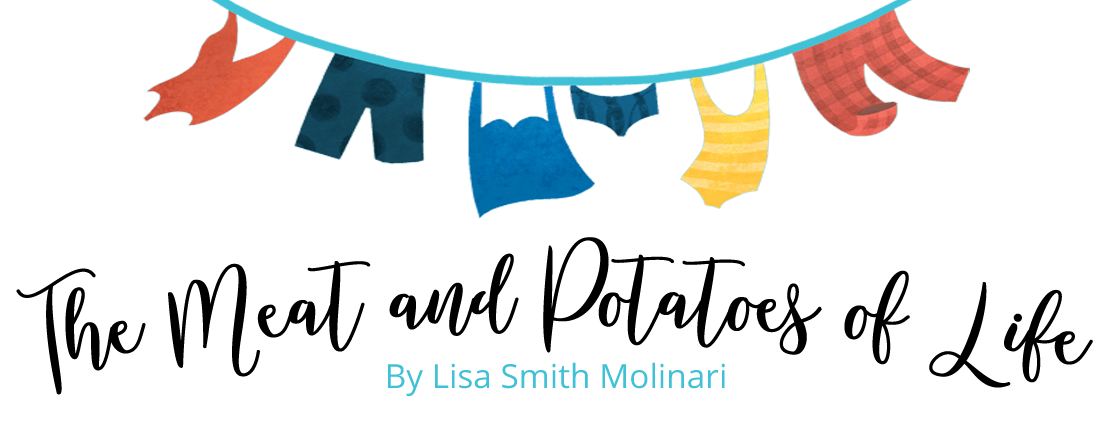
Two weeks ago, I obliviously plopped onto my well-worn spot on the sofa to watch the Opening Ceremonies of the 2018 Winter Olympic Games. Although I knew the general idea behind most of the sports featured, I had no idea what “a double Michael Chuck,” “a hog line,” or “a Bellman spin” were.
But after meticulously recording every broadcast; obsessively watching while ignoring my family responsibilities, my marriage, and my personal hygiene; and ingesting three cans of Pringles and an entire bag of Dove squares — I have learned to speak Olympics and I can teach you, too!
Most of the sports are fairly straightforward. Speed skating, alpine and cross country skiing, ski jumping, hockey, and sledding events use terms that are simple for laypeople to understand from the comfort of their lounge furniture.
While watching the luge, bobsleigh, and skeleton for instance, we might hear terms such as “track,” “sliders,” “curve,” “wall,” and “ice.” Even the densest of us knows that the fastest sled to cross the finish line wins. (Although I must admit, I initially wondered if “skeleton” sledding was so named because hurling oneself down an ice chute head first at 80 miles per hour might very well rip flesh from one’s bones.)
However, there are a few winter olympic sports that have terms and rules that are so confusing, they mystify Pringles-munching armchair spectators far and wide.
For example, figure skating appears to involve ice skaters completing series of jumps, flips and spins for technical and style points. Simple enough, right? But when Johnny Wier stated that a skater’s “triple Axel triple toe is under review” and that she “finished her flying camel sequence with a haircutter,” I wondered if he was watching a three-ringed circus. And when Tara Lipinski told us that a skating pair “began their program with the dreaded twizzle sequence” and “lost grade of execution points for their death spiral,” she was not describing a couple trying to kill each other with poisonous licorice.
It took me hours of binge-watching, and a little help from Google, but I learned that each jump (Axel, Lutz, Salchow, toe loop, loop, flip) is defined by how the skater launches and how many rotations are completed. Also, skating programs include a variety of turns and spins such as the Biellmann, flying camel, pancake, backscratch, shotgun, cannonball, haircutter, twizzle and death spiral.
The next winter event that sent me googling was the snowboarding halfpipe. Everyone knows who Shawn “The Flying Tomato” White is, but when the commentators said he might attempt “a massive 18-foot air-to-fakie with a stalefish grab followed by a switch stance McTwist and back to back 1440s” I checked to see if there were subtitles on the screen. Snowboarders clearly do not speak English. Theirs is a colloquial language only understood by resort rats with bushy hair who say things like, “Let’s shred first tracks in the powpow, Bro.”
But there’s a method to their madness. Olympic snowboarders earn points by catapulting themselves high above a 22-foot ice wall and executing complicated tricks. Each trick involves a specific series of moves with cryptic labels. Without getting into what “a beef curtains grab” or “a backside rodeo” are, the basic terms I learned were: wind up, hit, air, spins that range from one to four rotations, grab, and stomp. ÔÇÿNuff said.
Lastly, with finals happening this weekend, I must say a word about curling — an obscure event involving bumpy ice, lumps of rock, Swiffer sweepers, and the oldest competitors at the olympics (Cheryl Bernard of Canada is my age, God bless her) shouting at each other. With confusing terms — skip, bend, hack, hog line, house, button, and hammer — and players screaming at each other — “Yup! Hurry hand! Right up! Right off! No line! Good line! Clean!” — it’s no wonder the teams can’t get sponsorships and the players all have day jobs.
No one gets it. However, I learned that if you ignore the words, curling is essentially a simple game of shuffleboard. Giant shuffleboard. On weird ice. With brooms. And old people.
If you can’t walk the walk, you gotta talk the talk, right?









Awesome!!! Another highly descriptive, wholly entertaining read!